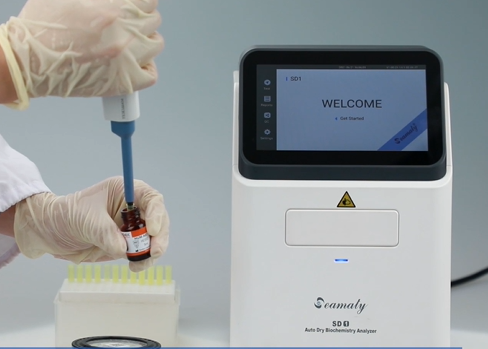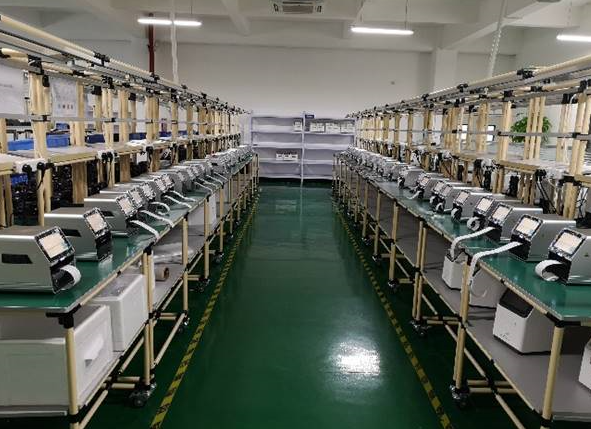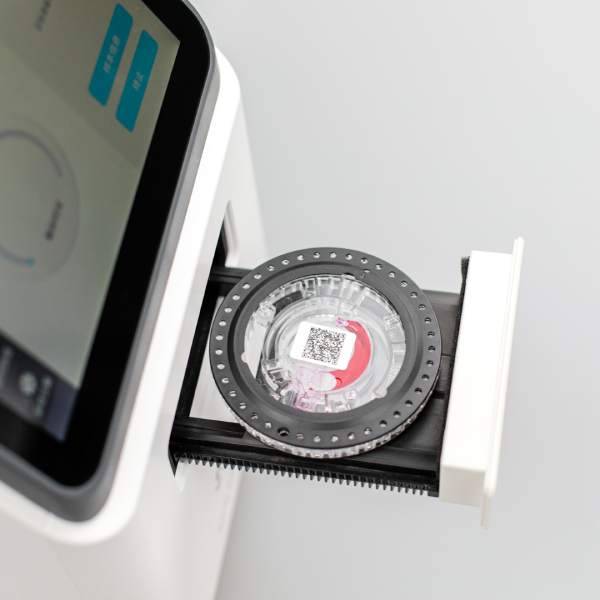A biochemistry machine is a medical device that measures blood and other body fluids and obtains data on various biochemical indicators. Combined with other clinical information for comprehensive analysis, it can help doctors diagnose diseases. Fully automated biochemistry analyzers have become the most commonly used test instruments for clinical laboratory analysis.
What kind of environment is the biochemical machine used in? What are the requirements?
1. biochemistry machine placement environment
biochemistry machine should be placed in a place with good ventilation and less dust, no direct sunlight. If there is air conditioning in the room, the analyzer should be placed in a place away from the air conditioning. Avoid blowing directly on the biochemistry machine table. It is also important to reduce the impact of dust and temperature on the biochemistry machine's electrical, optical and mechanical systems. This can reduce the failure rate of the instrument.
When using the biochemistry machine, dust and dirt removal should be done properly. Cinders and dust should not affect the colorimetric system and transmission motor of the biochemistry machine.
The biochemistry analyzer should be placed in a special instrument room. The temperature of the room should be between 15°C and 32°C. The humidity is between 45% and 85% RH.
2. Electricity requirements of biochemistry machine
biochemistry machine in the process of use need to be properly connected to the ground wire. After the connection, you need to check the ground wire in the plug and the biochemical laboratory. Ensure that the connection is good, and the grounding resistance needs to be set to 100 or less. In addition, it should be equipped with a more stable voltage power supply. And to ensure that there is no abnormal electromagnetic interference in the vicinity.
3. Water quality requirements of biochemistry machine
The use of the process needs to be set to the conductivity of 1us/cm or less. The use of biochemical analyzers have high requirements for water quality. Unqualified water quality will not only affect the test results, but also damage to the automatic biochemical analyzer. The conductivity of the biochemistry analyzer is usually set at 0.5us/cm. If the conductivity is higher than 0.8us/cm, the biochemistry machine needs to be maintained and serviced by a professional engineer.

The above requirements for biochemistry machines are for large scale fully automated biochemistry analyzers. However, if hospitals and clinics cannot meet these requirements, portable (poct) biochemistry analyzers are a good choice.



